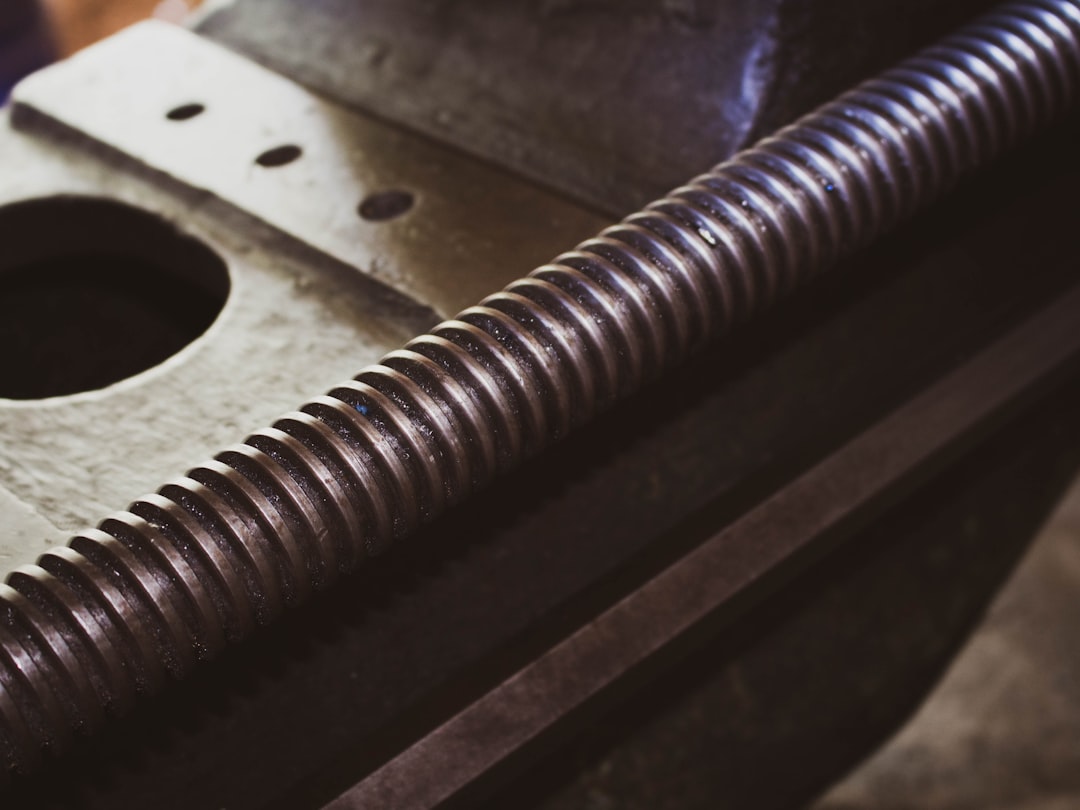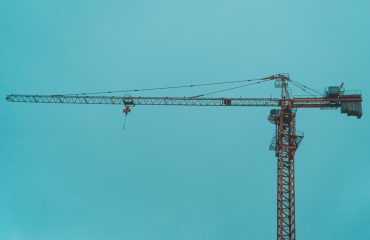The steel industry is constantly evolving, pushing the boundaries of material science to create products with enhanced properties and capabilities. High value-added steel products represent the pinnacle of this evolution, offering superior performance, durability, and specialized functionalities that are crucial for numerous advanced applications. This comprehensive guide delves into the fascinating world of these specialized steels, exploring their characteristics, manufacturing processes, and diverse applications.
1. Defining High Value-Added Steel: Beyond the Basic Grade
Unlike standard steel grades used in mass-produced items, high value-added steel products undergo extensive processing and refinement. This involves sophisticated techniques aimed at enhancing specific properties, such as strength, corrosion resistance, formability, and weldability. These enhancements translate to improved performance in demanding environments and applications where ordinary steel would fall short. The “value-added” aspect stems from the increased cost of production due to the complex processes involved, but this is often justified by the superior performance and longevity of the final product. Examples include advanced high-strength steels (AHSS), stainless steels with enhanced corrosion resistance, and tool steels with exceptional wear resistance.
2. Manufacturing Processes: Precision and Innovation
The creation of high value-added steel involves a meticulous series of processes extending beyond basic steelmaking. These often include:
- Controlled Rolling and Cooling: Precise control over the cooling rate during rolling significantly influences the microstructure and thus the final properties of the steel.
- Thermomechanical Processing (TMP): TMP combines controlled deformation and heat treatments to achieve optimal microstructures and mechanical properties.
- Alloying: The addition of specific alloying elements (e.g., chromium, nickel, molybdenum) enhances corrosion resistance, strength, and other desired properties.
- Surface Treatments: Processes like galvanizing, coating, and nitriding improve corrosion resistance, wear resistance, and surface hardness.
- Advanced Forming Techniques: Techniques such as hydroforming and precision forging allow for the creation of complex shapes and precise tolerances.
The precision and control required in these processes are crucial for achieving the desired properties and ensuring consistency in the final product.
3. Applications Across Industries: Where High Performance Meets Demand
The superior characteristics of high value-added steel products make them indispensable in a wide range of industries. Some key applications include:
- Automotive Industry: AHSS is extensively used in automotive body panels and structural components to improve fuel efficiency, safety, and crashworthiness.
- Aerospace Industry: High-strength, lightweight steels are crucial in aircraft construction to reduce weight and improve fuel consumption.
- Energy Sector: Corrosion-resistant stainless steels are essential in pipelines, storage tanks, and power generation equipment.
- Medical Devices: Biocompatible stainless steels are used in surgical instruments, implants, and other medical devices.
- Construction Industry: High-strength steels are used in skyscrapers, bridges, and other large-scale structures to enhance durability and load-bearing capacity.
The versatility and performance of high value-added steels are continuously driving innovation and advancements across these sectors.
4. Market Trends and Future Outlook: A Growing Demand
The market for high value-added steel products is experiencing significant growth, driven by increasing demand from various industries. Key trends include:
- Lightweighting Initiatives: The push for lighter vehicles and aircraft is driving demand for high-strength, low-density steels.
- Enhanced Sustainability: The industry is focusing on developing more sustainable steel production processes with reduced environmental impact.
- Advanced Materials Research: Continuous research and development efforts are leading to new steel grades with even more enhanced properties.
- Globalization and Trade: International trade plays a significant role in the global market for high value-added steel.
The future outlook for high value-added steel is promising, with continued growth expected as technology advances and demand from diverse sectors increases.
5. Challenges and Opportunities: Navigating the Future of Steel
Despite the promising outlook, the high value-added steel industry faces certain challenges. These include:
- High Production Costs: The sophisticated manufacturing processes involved can lead to higher production costs compared to standard steel grades.
- Raw Material Availability: The availability and cost of specific alloying elements can impact production costs and efficiency.
- Technological Advancements: Keeping pace with rapid technological advancements and integrating new technologies into production processes is crucial.
- Sustainability Concerns: Minimizing the environmental impact of steel production is a growing concern that requires innovative solutions.
However, these challenges also present opportunities for innovation and development, leading to more sustainable, cost-effective, and high-performance steel products in the future.
In conclusion, high value-added steel products represent a significant advancement in materials science, offering unparalleled performance and capabilities across a wide range of applications. As technology continues to evolve and demand increases, the importance of these specialized steels in shaping the future of various industries will only grow stronger.
Tags: High Value-Added Steel, Advanced High-Strength Steel (AHSS), Specialty Steel, Steel Manufacturing, Steel Applications




